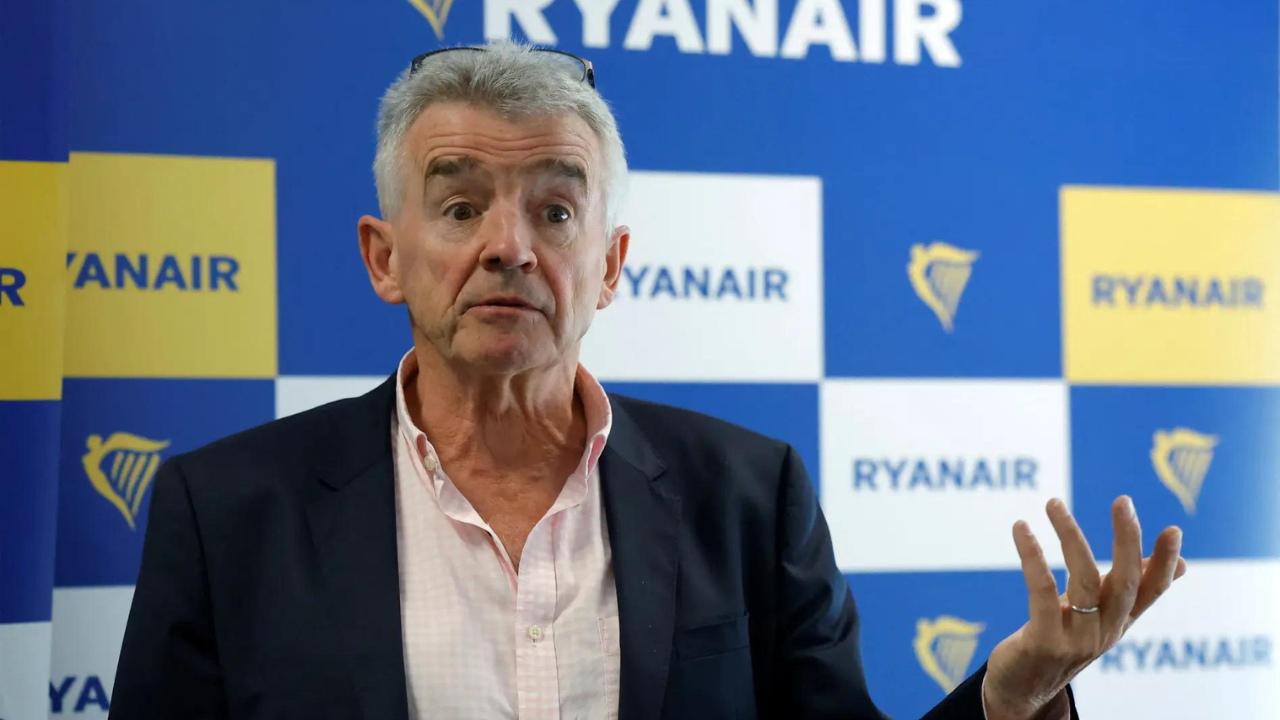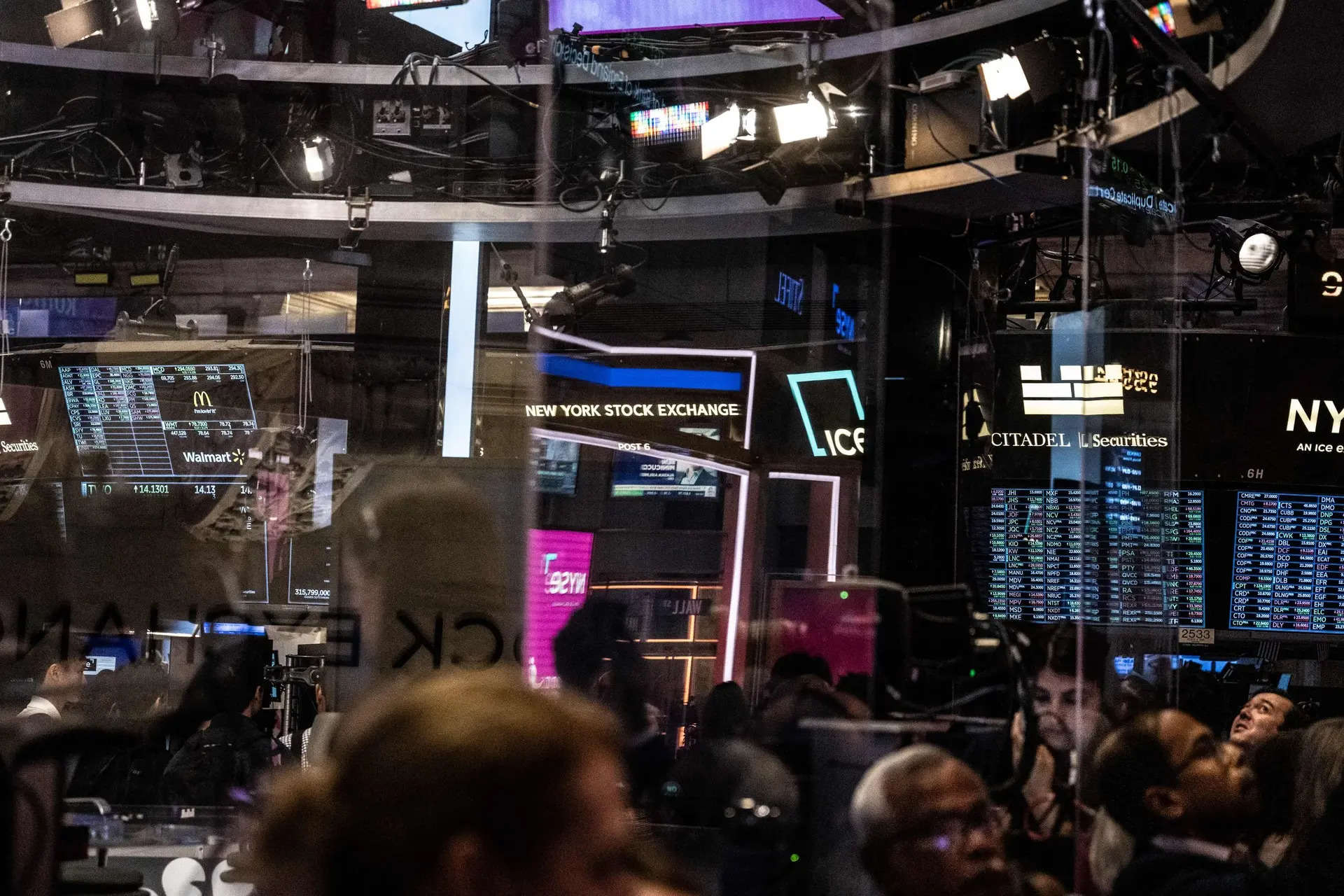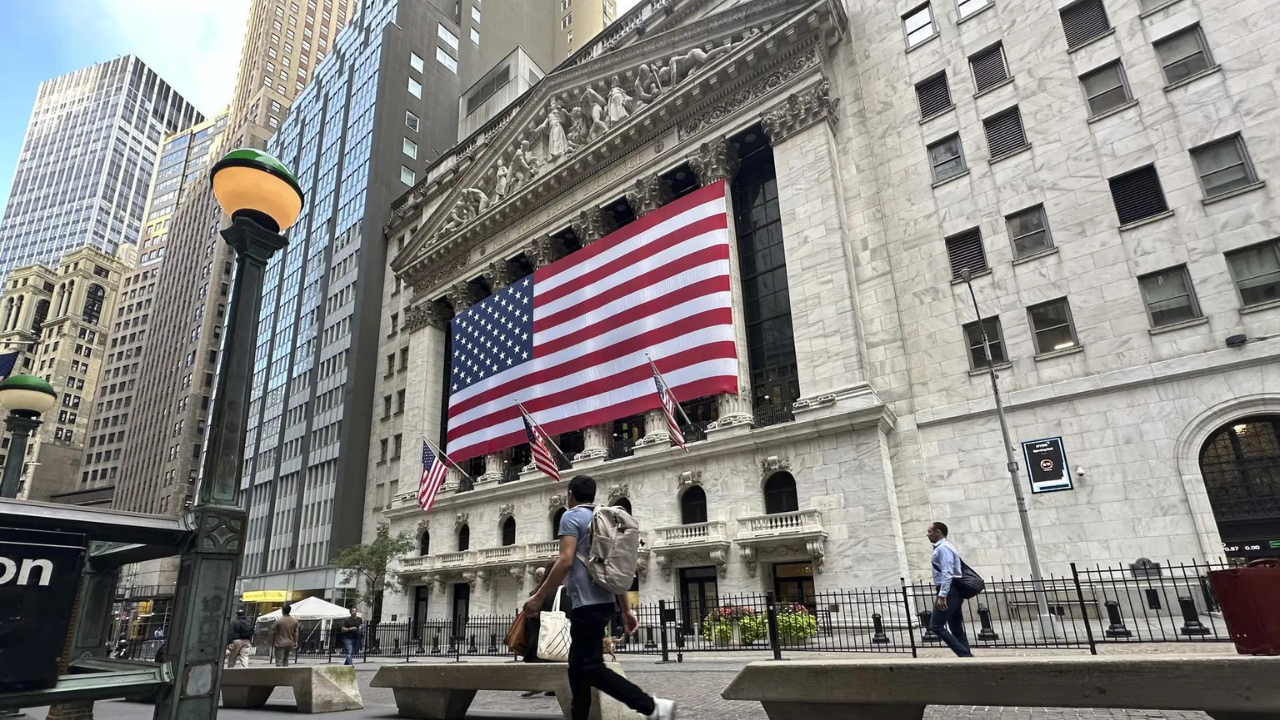NEW YORK: Wall Street is holding near its records on Wednesday after the Federal Reserve kicked off its efforts to prevent a recession with a bigger-than-usual cut to interest rates.
The S&P 500 was virtually flat in late trading and 0.6% below its all-time high set in July. The Dow Jones Industrial Average was down 31 points, or 0.1%, and close to its record set on Monday.The Nasdaq composite was 0.2% higher, as of 3:35 p.m. Eastern time.
The momentous move by the Fed helps financial markets in two big ways. It eases the brakes off the economy, which has been slowing under the weight of higher rates, and it gives a boost to prices for all kinds of investments. Besides stocks, gold and bond prices had already rallied in recent months on expectations that cuts to rates were coming.
Because the move was so well telegraphed, and markets had already climbed so much in anticipation of it, Wall Street’s reactions were relatively muted despite the Fed’s historic action. It marked the first cut to the federal funds rate in over four years, and it closed the door on a stretch where the Fed kept the rate at a two-decade high to slow the economy enough to stifle the worst inflation in generations.
Now that inflation has eased significantly from its peak two summers ago and appears to be heading toward 2%, the Fed says it it can turn more of its attention toward protecting the slowing job market and overall economy.
“The time to support the labor market is when it’s strong and not when you begin to see the layoffs,” Fed Chair Jerome Powell said. “That’s the situation we’re in.”
The only question is how much the Fed will ultimately cut rates by to do so, which can prove to be a tricky balance. Lowering rates would help the economy by making it easier for US businesses and households to borrow. But it could also offer more fuel for inflation.
The Fed released forecasts Wednesday that said its median official expects to cut the federal funds rate by another half of a percentage point through the end of the year. That could mean a traditional-sized cut of a quarter of a percentage point at each of its two remaining meetings scheduled for 2024.
After that, the median Fed official is projecting another full percentage point of cuts during 2025.
Some critics say the Federal Reserve may be moving too late to protect the economy after having kept rates too high for too long.
“When the Fed is behind the curve, it sometimes takes a big move to catch up to where they should have been all along,” said Brian Jacobsen, chief economist at Annex Wealth Management.
“We don’t think we’re behind,” Powell said in a press conference following the Fed’s announcement. “We think this is timely. But I think you can take this as a sign of our commitment not to get behind,” pointing to Wednesday’s hefty cut of half a percentage point. Powell called it a “good strong start to this.”
Other critics, meanwhile, are saying the Fed will need to be careful about cutting rates too much because of the possibility that inflation will remain stubbornly higher than it’s been in recent decades.
Powell repeated several times that the Fed does not feel “a rush to get this done” and will make its decisions on interest rates at each successive meeting, depending on what incoming data say.
“We’ll move as fast or as slow as we think is appropriate in real time,” he said. For now, he said, “the US economy is in a good place, and our decision today is designed to keep it there.”
Treasury yields squiggled down and up immediately after the Fed announced its cut and published its projections.
The 10-year Treasury yield eventually rose to 3.70% from 3.65% late Tuesday. The two-year yield, which more closely follows expectations for Fed action, edged up to 3.62% from 3.60% late Tuesday.
On Wall Street, stocks of oil-and-gas producers and other companies whose profits are most closely tied to the strength of the economy helped lead the way. Utilities and other dividend-paying stocks that tend to hold up better during economic downturns, meanwhile, lagged behind the market.
That could be a signal that Wall Street sees lower odds of painful recession following the Fed’s cut, according to Sameer Samana, senior global market strategist at Wells Fargo Investment Institute.
Intuitive Machines soared 40% after
Nasa awarded it with a contract worth up to $4.82 billion for communication and navigation services the space agency will use to establish a long-term presence on the moon.
Trading in Tupperware Brands remained halted after the company filed for Chapter 11 bankruptcy protection. Its stock has been sinking, down to 51 cents, since a mini-revival early in the pandemic sent its stock above $30.
McGrath RentCorp., a company that rents and sells mobile office trailers, portable classrooms and other structures, fell 3.9% after it agreed to terminate its proposed buyout by WillScot following tough scrutiny of the deal from US regulators.
In stock markets abroad, indexes were modestly lower in Europe after finishing higher in much of Asia.
The Bank of Japan and the Bank of England are also holding monetary policy meetings later this week. Neither central bank is expected to move on rates, though the language of what the officials say could be an indicator of later moves and still influence markets.

 Entertainment1 month ago
Entertainment1 month ago
 Entertainment4 weeks ago
Entertainment4 weeks ago
 Business1 month ago
Business1 month ago
 Business4 weeks ago
Business4 weeks ago
 Business4 weeks ago
Business4 weeks ago
 Business1 month ago
Business1 month ago
 Entertainment4 weeks ago
Entertainment4 weeks ago
 Entertainment2 weeks ago
Entertainment2 weeks ago





















